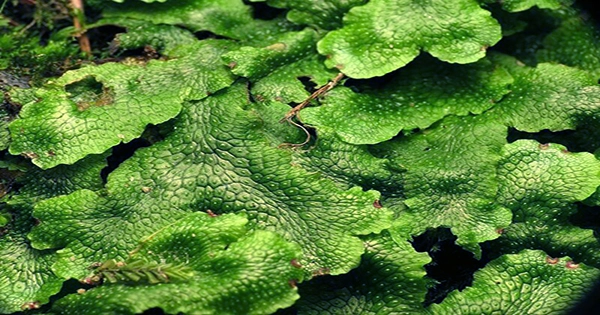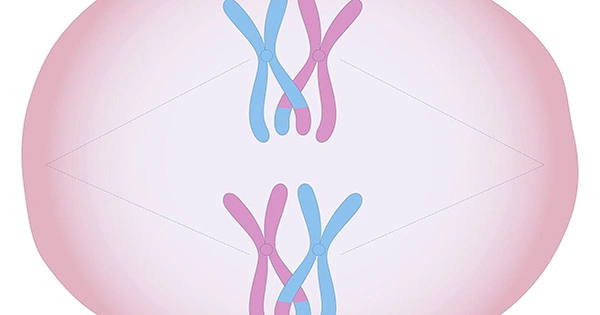A gametophyte is a haploid stage in the life cycle of plants and algae that undergo alternation of generations. During this stage, the organism produces gametes (sex cells) through mitosis, which are then fused with other gametes during fertilization to form a diploid zygote. The zygote will then develop into a sporophyte, which produces spores through meiosis that will give rise to the next generation of gametophytes.
In many plants, the gametophyte is a small and relatively short-lived structure that is dependent on the sporophyte for nutrition and support. However, in some lower plants, such as mosses and liverworts, gametophyte is the dominant stage of the life cycle and can exist as a separate organism.
To give more details, the gametophyte is a multicellular structure that is haploid, meaning it has only one set of chromosomes. In contrast, the sporophyte is diploid, meaning it has two sets of chromosomes.
The gametophyte produces gametes, which are the sex cells responsible for sexual reproduction. In plants and algae, the gametophyte produces both male and female gametes. The male gamete is called a sperm, while the female gamete is called an egg.
When fertilization occurs, the sperm and egg unite to form a zygote. The zygote is diploid and will develop into a new sporophyte plant, starting the cycle anew.
The size and complexity of the gametophyte can vary greatly depending on the type of plant or algae. In some organisms, the gametophyte is small and simple, consisting of only a few cells. In others, the gametophyte is larger and more complex, with specialized tissues and organs for reproduction and survival.
Overall, the gametophyte stage is essential for sexual reproduction in plants and algae, and its development and function play a crucial role in the life cycle of these organisms.
Types of Gametophytes
There are two main types of gametophytes based on their origin and mode of development: homosporous and heterosporous gametophytes.
- Homosporous gametophytes: These are gametophytes that produce only one type of spore that develops into a bisexual gametophyte. Homosporous gametophytes are found in lower plants like mosses, liverworts, and ferns.
- Heterosporous gametophytes: These are gametophytes that produce two different types of spores: megaspores and microspores. Megaspores develop into female gametophytes, while microspores develop into male gametophytes. Heterosporous gametophytes are found in higher plants like gymnosperms and angiosperms.
The gametophytes of different plant species can also differ in size, complexity, and mode of nutrition. For example, the gametophytes of some ferns and mosses are small, simple, and photosynthetic, while those of higher plants like gymnosperms and angiosperms are non-photosynthetic and depend on the sporophyte for their nutrition.
In summary, the type of gametophyte can vary depending on the plant species and can be homosporous or heterosporous. The gametophytes can also differ in size, complexity, and mode of nutrition.













